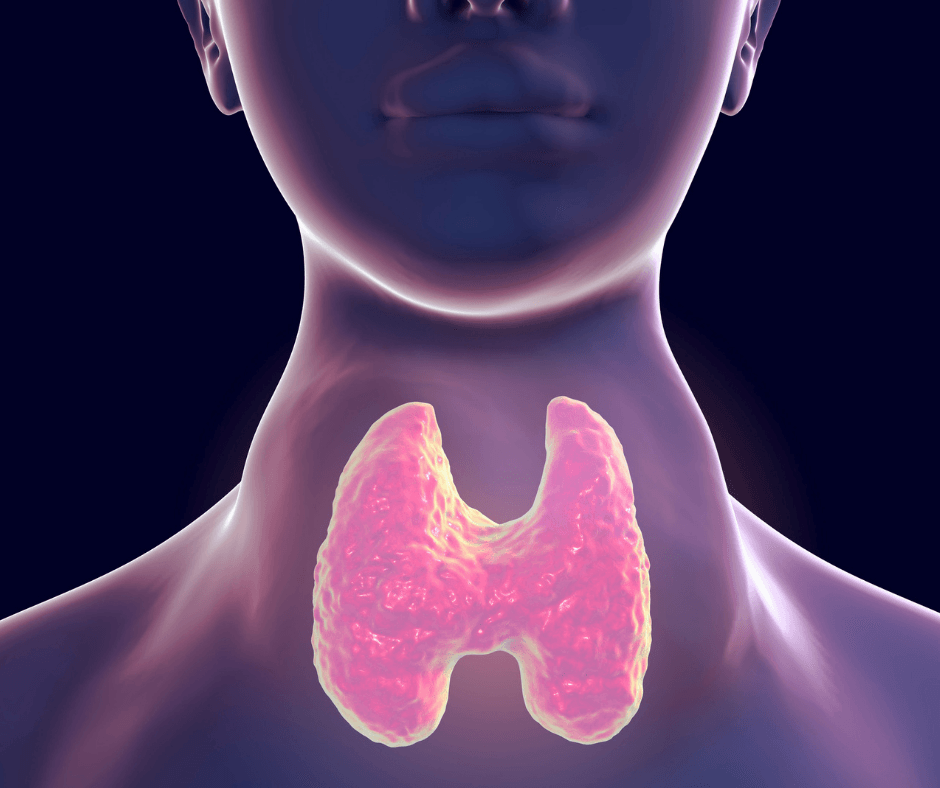Environmental Toxins: Unfortunately they are Everywhere! Original Post 12/17/18
How can we limit our environmental toxic load & get rid of the toxins we do have in our body?

Beauty/Personal Hygiene Products…
A lot of beauty/personal hygiene products contain toxins that can harm our bodies. Have you ever looked at the ingredients in your soap, shampoo, makeup or lotions? Are you wondering what the heck these ingredients are? Did you know that what you put on your skin can absorb into your body? If you want to see how safe the products you are using are check out: www.EWG.org. The Environmental Working group rates products based on what they contain and current research on how these chemicals affect our bodies.
- What is another way to know if products are safe? Look at the ingredients label, are the ingredients something you are willing to eat?
- You can also make your own beauty/personal hygiene products
Household Cleaning Supplies…
Cleaning with non-toxic products: If you look at most of the products on the market to clean your home and laundry, you will also be surprised to see all the chemicals that are listed in the ingredients list. There are very simple, safe ways to clean your home that you can make yourself such as vinegar and water. You can also buy safe products to clean your home and your clothes. The Environmental Working Group is a great website to also find safe cleaning products for your home and laundry.
Cookware/Bakeware…
How you cook and store your food is also important to avoid toxic exposure. Cooking with cast-iron, glass, stainless steel or ceramic is ideal to decrease toxin exposure. Cast-iron is one of the cheaper options and there are a few companies in the U.S.A. that manufacture cast-iron cookware. Although, If you have someone in the home that has hemochromatosis and/or iron stores in the body that are elevated, then cast-iron is not the ideal cookware. Glass needs to be lead and cadmium free. There are also a few glass cookware/bakeware companies that manufacture in the U.S.A. Non-toxic ceramic and stainless steel are also great for cooking, but can be expensive. It is important to know where and how your cook/bakeware is manufactured.
Food Storage Containers…
Try to stay away from plastic for storing and heating up food. Plastic is not good for our bodies or the environment. Most plastics release BPA when the plastic is heated. Storing food in glass, stainless steel or ceramic is ideal.
Pesticides & Herbicides…
Avoid Pesticides & Herbicides. Toxic chemicals used to kill rodents, insects, weeds, mold etc. can also affect your health. Nowadays, there are also safe alternatives to deter or kill rodents, insects, weeds, mold ect. There are also businesses that specialize in using non-toxic chemicals.
Flame-Retardant Free Furniture…
Look for Flame-Retardant Free products. Did you know that a lot of couches, mattresses and even crib mattresses have flame-retardant chemicals? Research has shown that these chemicals can be harmful to us. Finding flame-retardant free furniture can sometimes be a challenge. There are online retailers who do specialize in flame-retardant free furniture.
Home Improvement Supplies…
Home Improvement Products can also contain toxins. Paints, flooring materials, glues etc. can release VOCs (volatile organic compounds) long after they are first introduced to your home.
Many home improvement stores now offer low VOC or VOC free products.
More Helpful Tips…
Here are some other tips for keeping your home non-toxic:
- If you are dry cleaning your clothes, make sure you are taking your clothes to a business that does not use toxic chemicals.
- Removing your shoes inside is an easy way to limit you and your family’s toxin exposure. The shoes you wear outdoors can carry chemicals into your home.
- Dusting and mopping frequently can also help to decrease your toxin exposure. Toxins can be present in dust inside your home. Cleaning floors and flat surfaces regularly cuts down on toxin exposure.
These are just a few things that can significantly help to limit your toxin exposure. Eating a healthy, well balanced, non-processed diet, and getting all the proper nutrients including vitamins and minerals is ideal to help your body detox from our environment.
At New Beginnings Functional Medicine Clinic , we are excited to announce that we now have a Far Infrared Sauna , that is helpful in detoxification! Please see our website at www.NewBeginningsFMC.com for more information on our Far Infrared Sauna!
References:
https://www.hindawi.com/journals/jeph/2012/184745/
https://www.ncbi.nlm.nih.gov/pmc/articles/PMC1253722/
https://www.ncbi.nlm.nih.gov/pmc/articles/PMC2966478/


Dr. Shannon's Blog











